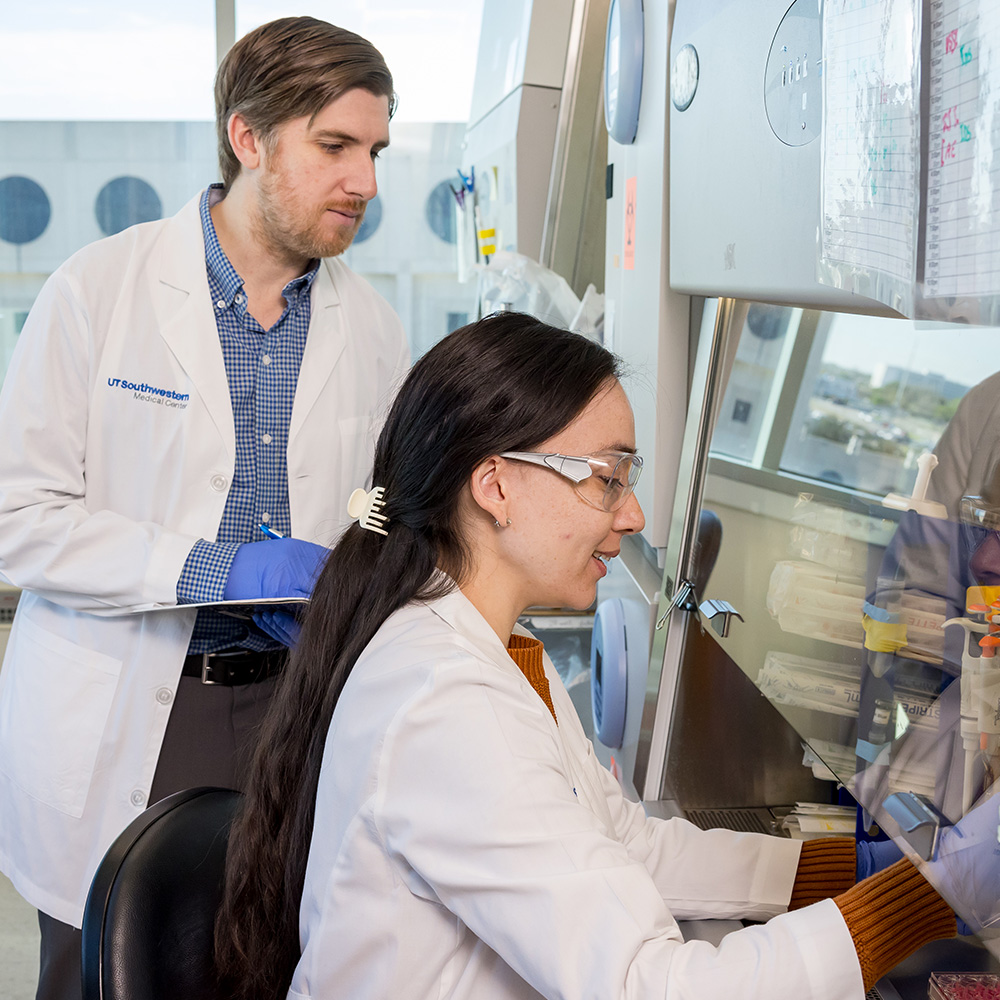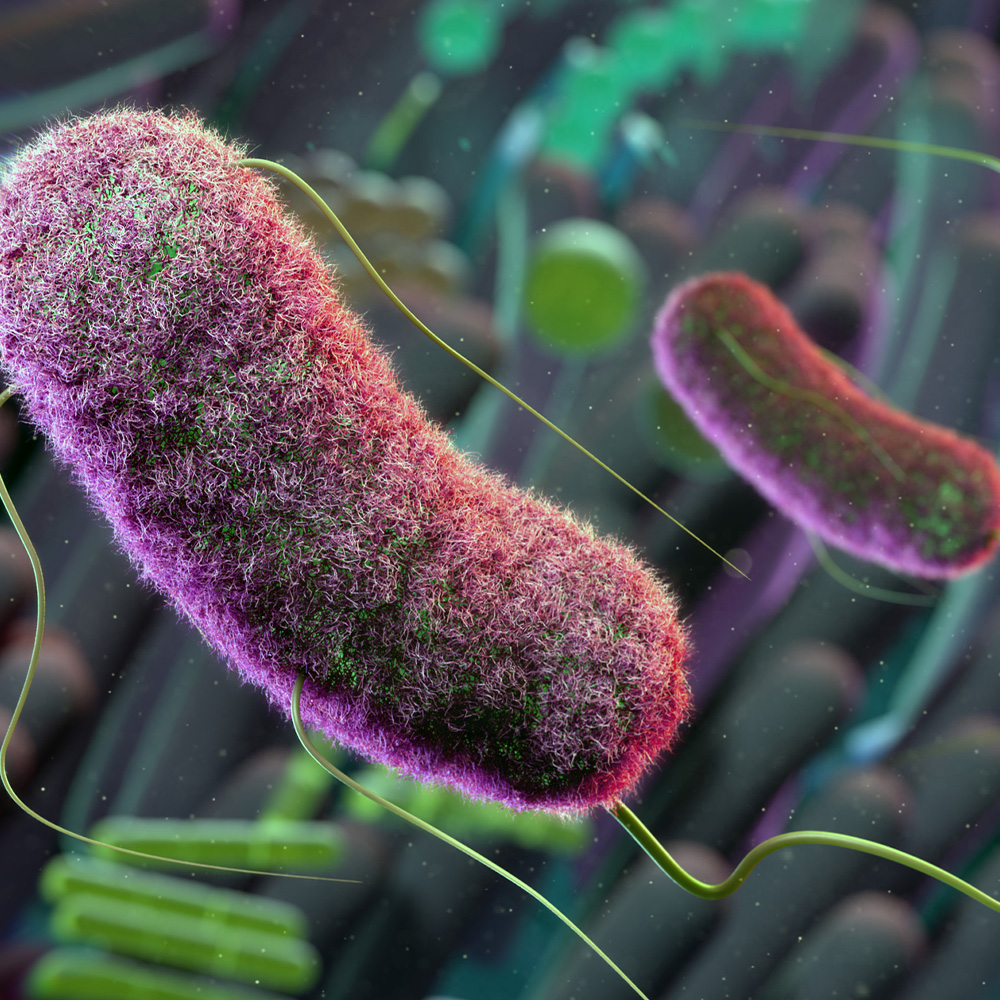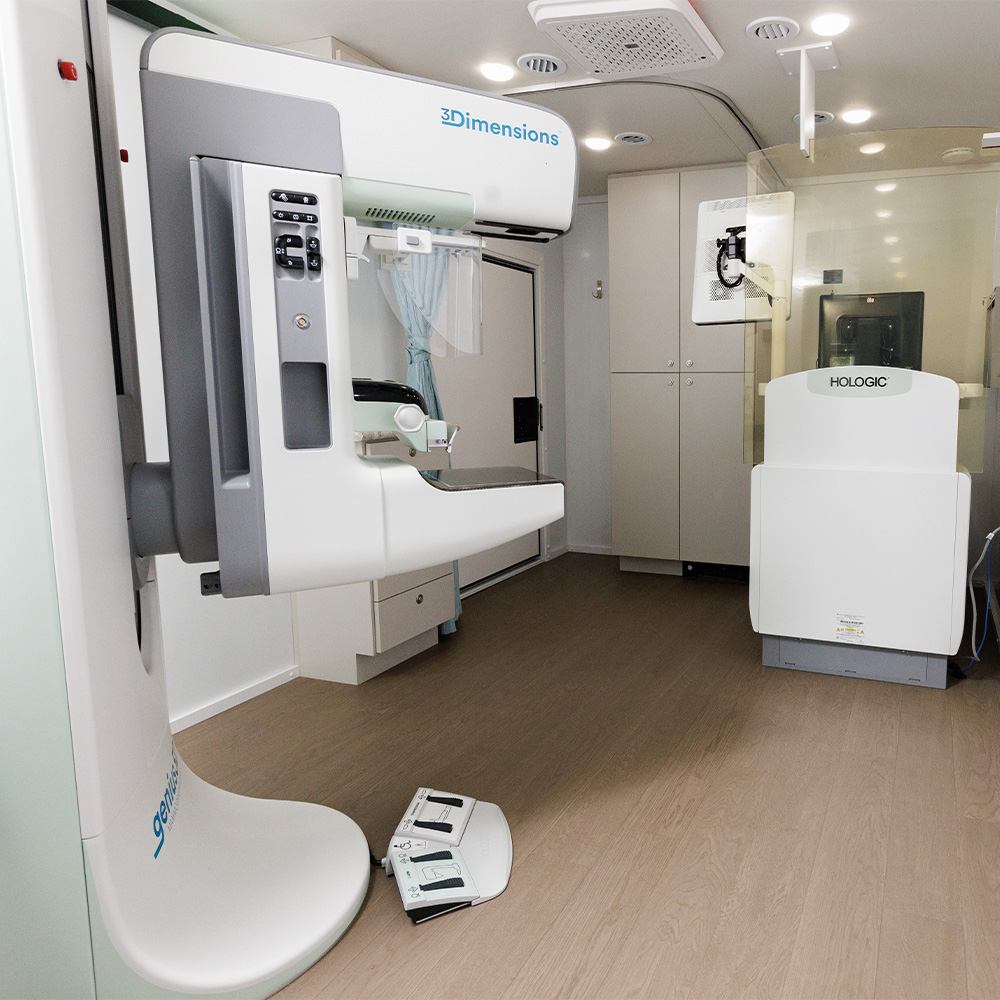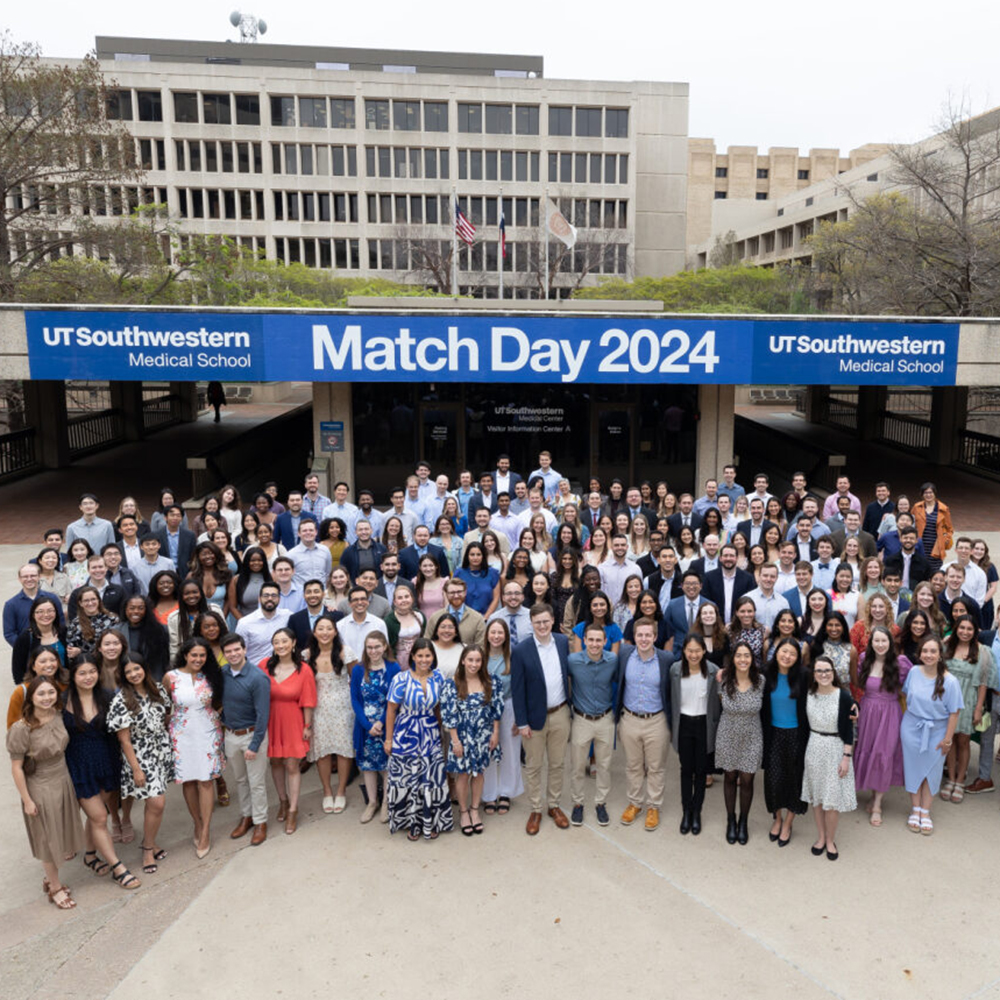Beat AML clinical trial for leukemia is launched
Goal is first new standard of care in 40 years

DALLAS – June 12, 2017 – UT Southwestern Medical Center’s Harold C. Simmons Comprehensive Cancer Center has been selected as the only Texas site for a national Cancer Moonshot clinical trial to find individually tailored approaches to better treat acute myeloid leukemia.
Acute myeloid leukemia (AML), a type of blood cancer, robs the bone marrow of its function, including the creation of white blood cells, which leaves patients highly susceptible to infection. Currently, patients are treated with a standard chemotherapy, which is not as effective as physicians would like. The Beat AML clinical trial will use precision medicine techniques to tailor treatment to individual characteristics of each patient’s genetics.
“A typical clinical trial only studies one drug or one combination of drugs. This trial began with four different treatments with more to come, each being tested in one of several arms of the trial based on an individual’s specific genetic mutation. In doing so, the trial is designed to understand multiple drugs and their effectiveness in treating different patients diagnosed with AML,” said Dr. Robert Collins, Director of the Hematologic Malignancies/Blood and Marrow Transplantation Program and Professor of Internal Medicine.
The Beat AML trial was announced last year by former Vice President Joe Biden, along with other Cancer Moonshot-inspired initiatives, and is designed to speed up the process of finding better treatments.
“There has been little change in the standard of care for patients with AML in 40 years. All patients receive the same combination chemotherapy, cytarabine/daunorubicin, and those who go into remission may receive a bone marrow transplant. Five-year survival rates for patients age 60 and older are in the single digits,” said Dr. Collins, who holds the Sydney and J.L. Huffines Distinguished Chair in Cancer Research in Honor of Eugene Frenkel, M.D. and the H. Lloyd and Willye V. Skaggs Professorship in Medical Research. “Using a collaborative approach, we will be more flexible and better able to develop more individualized treatments for patients diagnosed with AML.”
Why it’s needed
Despite having no symptoms, Ann Marie Herbst of Fort Worth was diagnosed with AML in 2015.
“It was so shocking – I felt great and I’d been working out the night before. My gynecologist spotted it in my bloodwork,” said Ms. Herbst, a 32-year-old wife and mother of 3-year-old Hayden.
After six months of chemotherapy, her cancer returned a year and a half later. She is currently in remission, but her future treatment options are limited. Mrs. Herbst said her experience showcases the need for more options for patients with AML.
“I don’t have the option of a bone marrow transplant because there is no available match,” said Ms. Herbst. “Timing is everything. That’s why the Beat AML is so urgently important for so many people.”
Nearly 20,000 people will be diagnosed with AML this year, and 10,430 will die from the disease, according to the latest figures from the National Cancer Institute.
About the trial
UT Southwestern’s Harold C. Simmons Comprehensive Cancer Center is one of 12 prestigious NCI-designated cancer centers in the Beat AML trial, led by the Leukemia & Lymphoma Society. Other participating institutions include Massachusetts General Hospital Cancer Center in Massachusetts, Ohio State University, Memorial Sloan Kettering Cancer Center, and Dana-Farber Cancer Institute, among others. Nationwide, more than 500 patients are being sought to enroll.
Patients in the Beat AML trial will be newly diagnosed with AML and age 60 or older. Newly diagnosed AML patients will be asked to consent to provide a bone marrow biopsy, which will be sent for rapid genomic screening. The screening takes just seven days or less. The patient then will be assigned to a specific treatment arm of the trial based on the results of the screening.
If a patient does not have a genetic marker that would place him or her onto a specific arm of the trial, the study will offer therapy with a different investigational agent that has shown broad activity against AML.
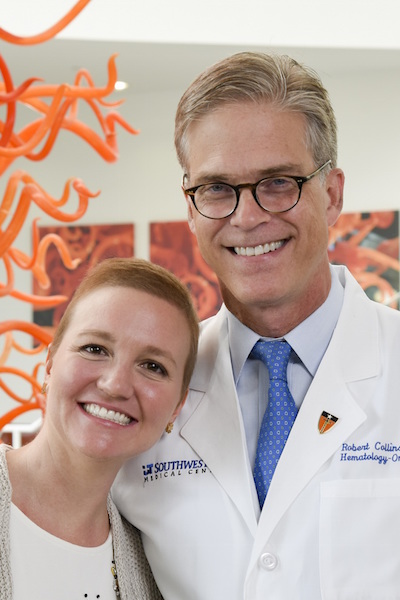
The Harold C. Simmons Comprehensive Cancer Center is the only NCI-designated Comprehensive Cancer Center in North Texas and one of just 48 NCI-designated Comprehensive Cancer Centers in the nation. Simmons Cancer Center includes 13 major cancer care programs. In addition, the Center’s education and training programs support and develop the next generation of cancer researchers and clinicians. Simmons Cancer Center is among only 30 U.S. cancer research centers to be designated by the NCI as a National Clinical Trials Network Lead Academic Participating Site.
About UT Southwestern Medical Center
UT Southwestern, one of the premier academic medical centers in the nation, integrates pioneering biomedical research with exceptional clinical care and education. The institution’s faculty has received six Nobel Prizes, and includes 22 members of the National Academy of Sciences, 18 members of the National Academy of Medicine, and 14 Howard Hughes Medical Institute Investigators. The faculty of more than 2,700 is responsible for groundbreaking medical advances and is committed to translating science-driven research quickly to new clinical treatments. UT Southwestern physicians provide care in about 80 specialties to more than 100,000 hospitalized patients, 600,000 emergency room cases, and oversee approximately 2.2 million outpatient visits a year.
###
Media Contact: Cathy Frisinger
214-648-7228
cathy.frisinger@utsouthwestern.edu
To automatically receive news releases from UT Southwestern via email,
subscribe at www.utsouthwestern.edu/receivenews

